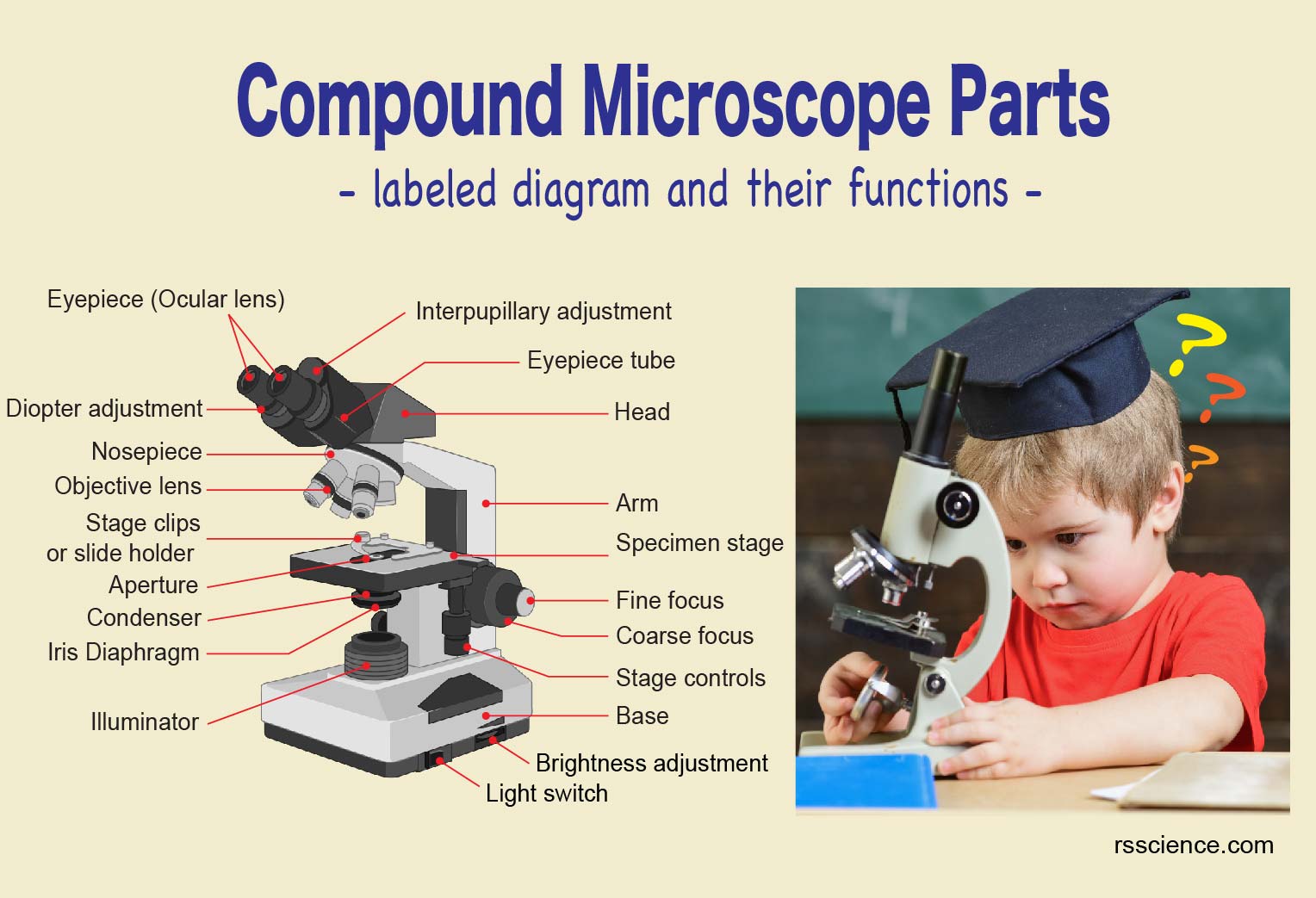

The earliest known examples of compound microscopes, which combine an objective lens near the specimen with an eyepiece to view a real image, appeared in Europe around 1620. ġ8th-century microscopes from the Musée des Arts et Métiers, ParisĪlthough objects resembling lenses date back 4,000 years and there are Greek accounts of the optical properties of water-filled spheres (5th century BC) followed by many centuries of writings on optics, the earliest known use of simple microscopes ( magnifying glasses) dates back to the widespread use of lenses in eyeglasses in the 13th century. Other major types of microscopes are the fluorescence microscope, electron microscope (both the transmission electron microscope and the scanning electron microscope) and various types of scanning probe microscopes. The most common microscope (and the first to be invented) is the optical microscope, which uses lenses to refract visible light that passed through a thinly sectioned sample to produce an observable image. One way is to describe the method an instrument uses to interact with a sample and produce images, either by sending a beam of light or electrons through a sample in its optical path, by detecting photon emissions from a sample, or by scanning across and a short distance from the surface of a sample using a probe.

There are many types of microscopes, and they may be grouped in different ways. Microscopic means being invisible to the eye unless aided by a microscope. Microscopy is the science of investigating small objects and structures using a microscope. Optical microscope used at the Wiki Science Competition 2017 in ThailandĪ microscope (from Ancient Greek μικρός ( mikrós) 'small', and σκοπέω ( skopéō) 'to look (at) examine, inspect') is a laboratory instrument used to examine objects that are too small to be seen by the naked eye.


 0 kommentar(er)
0 kommentar(er)
